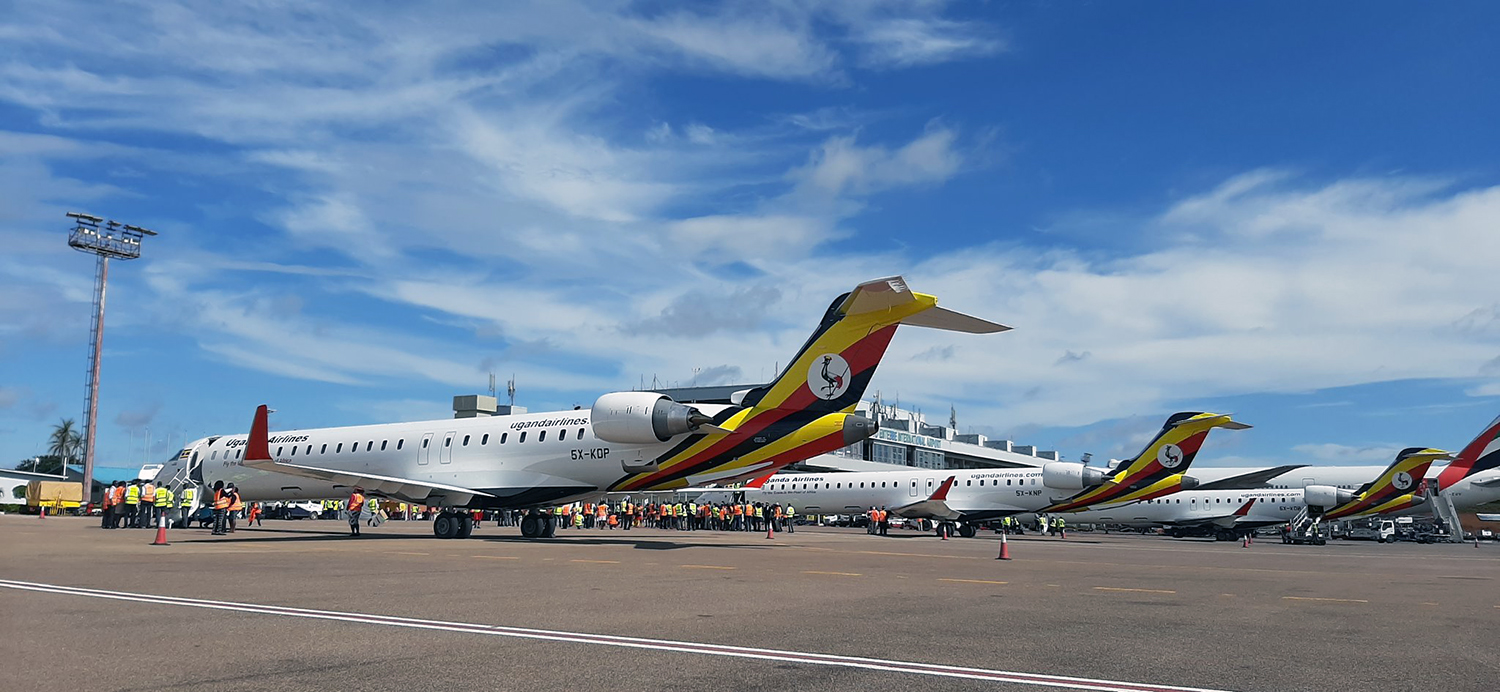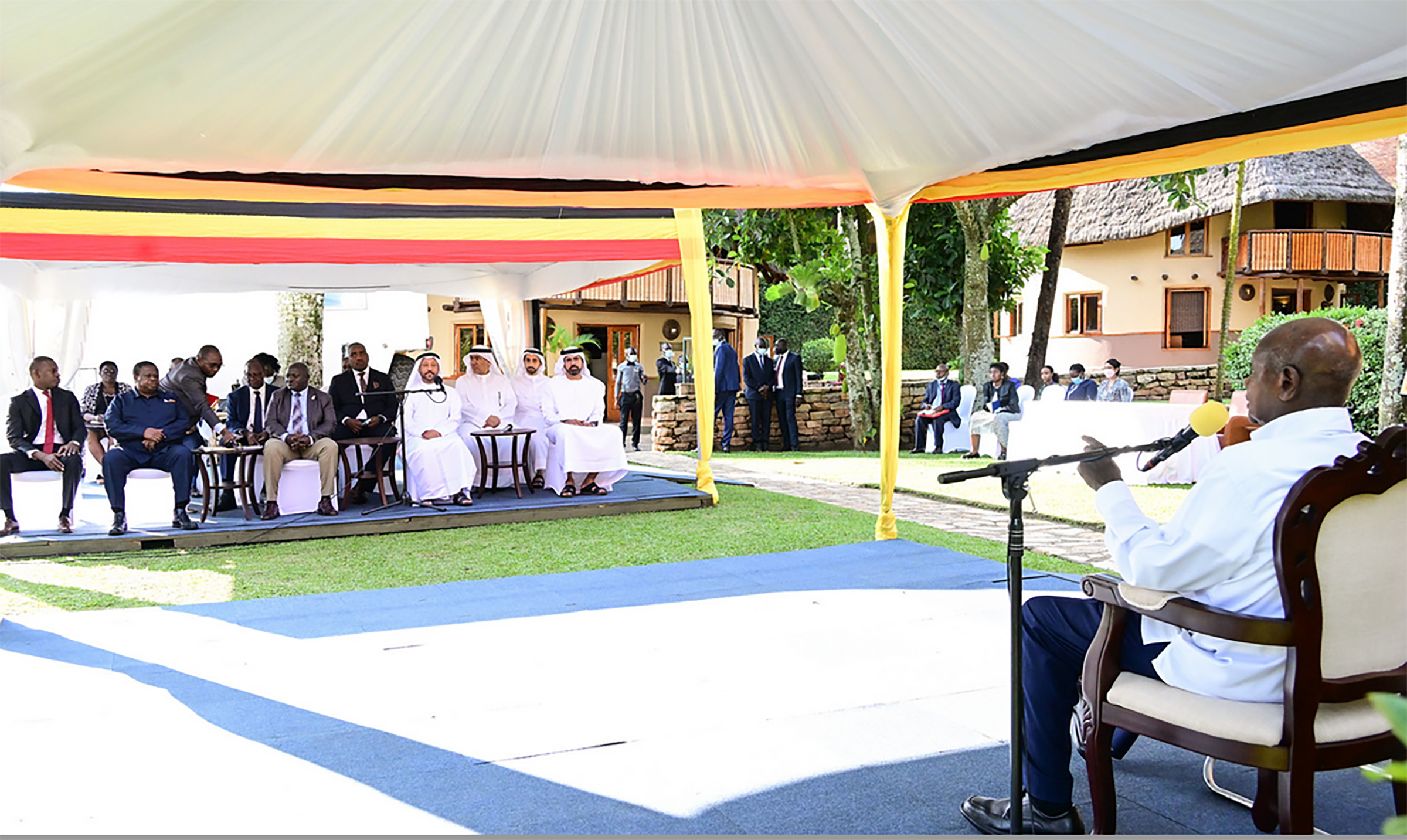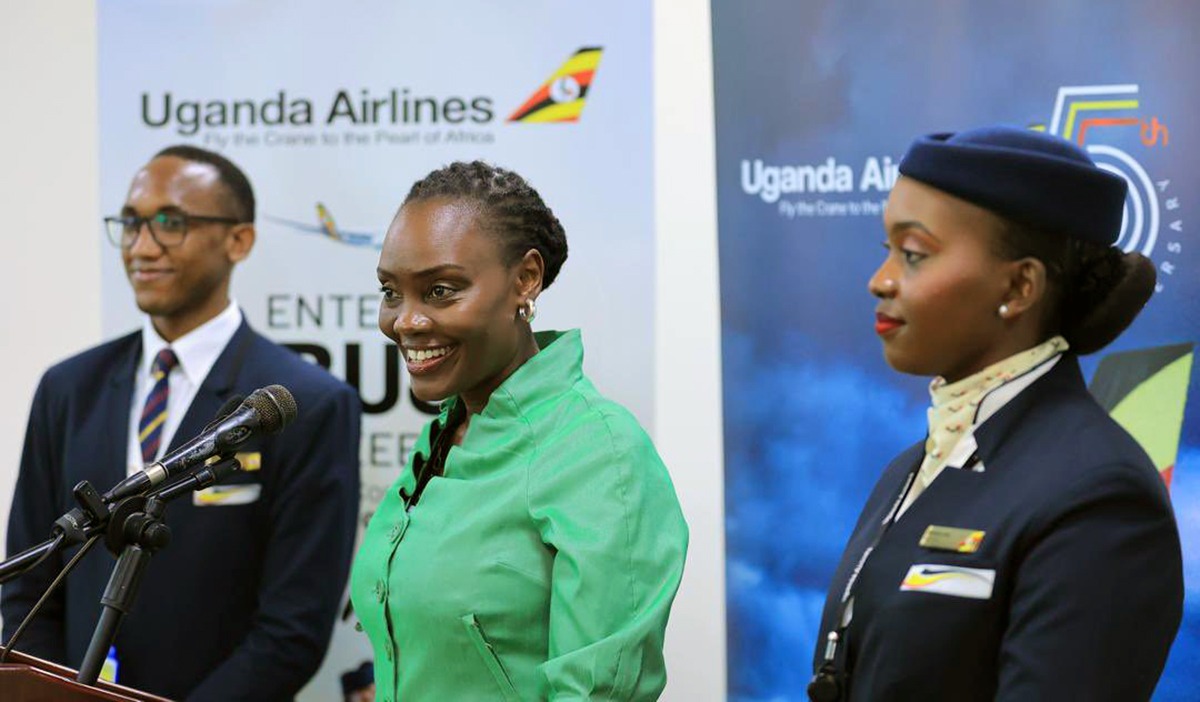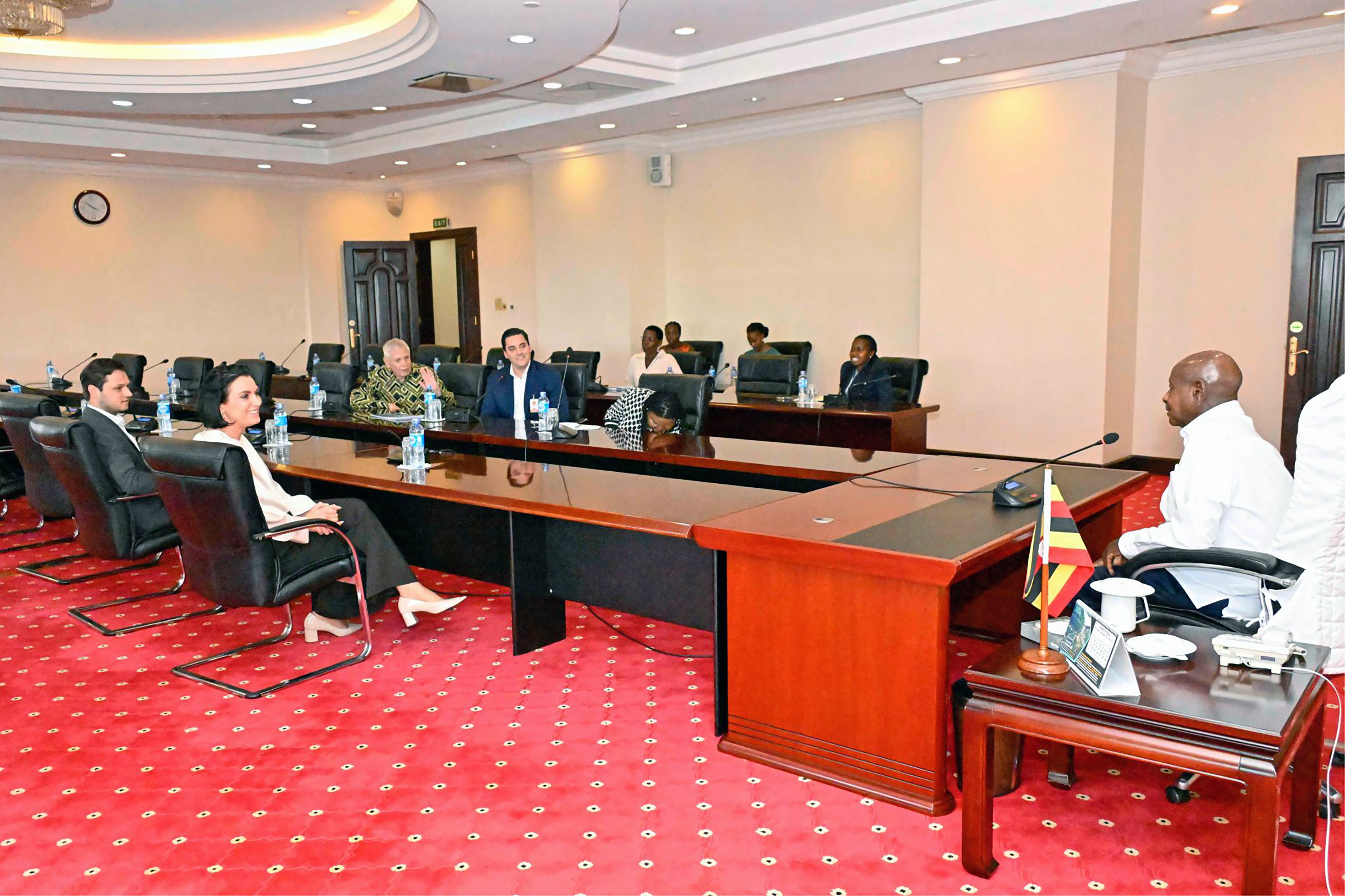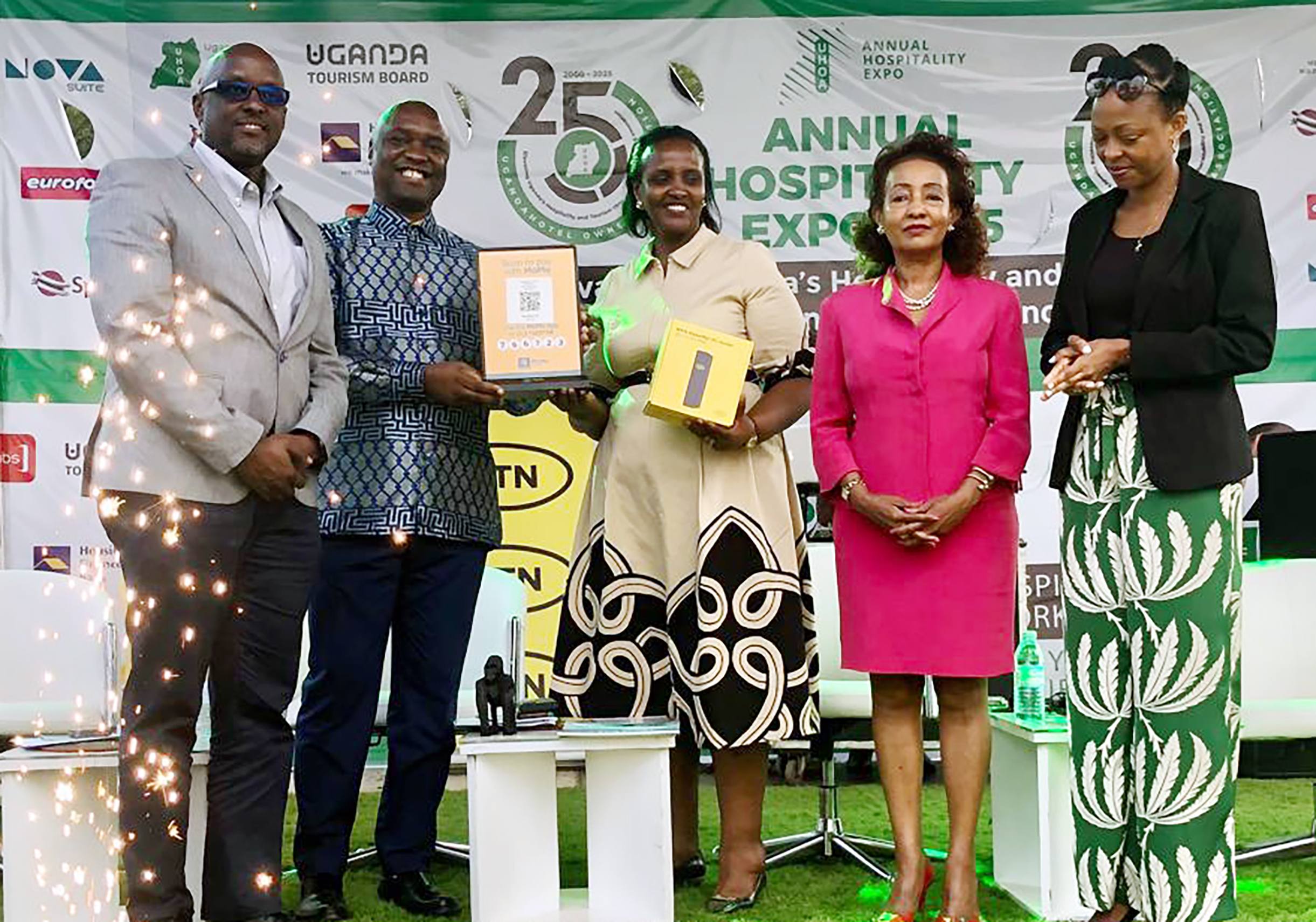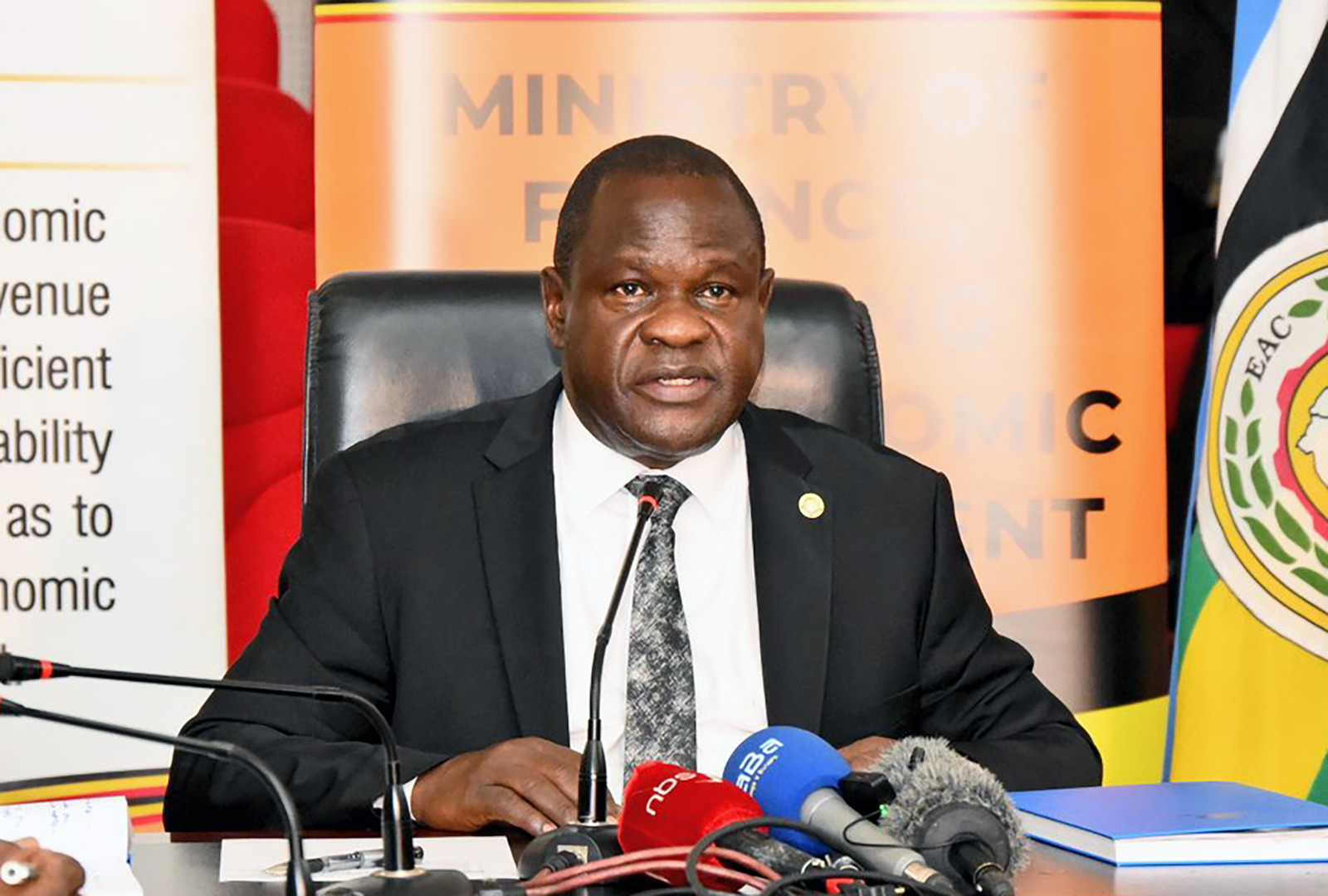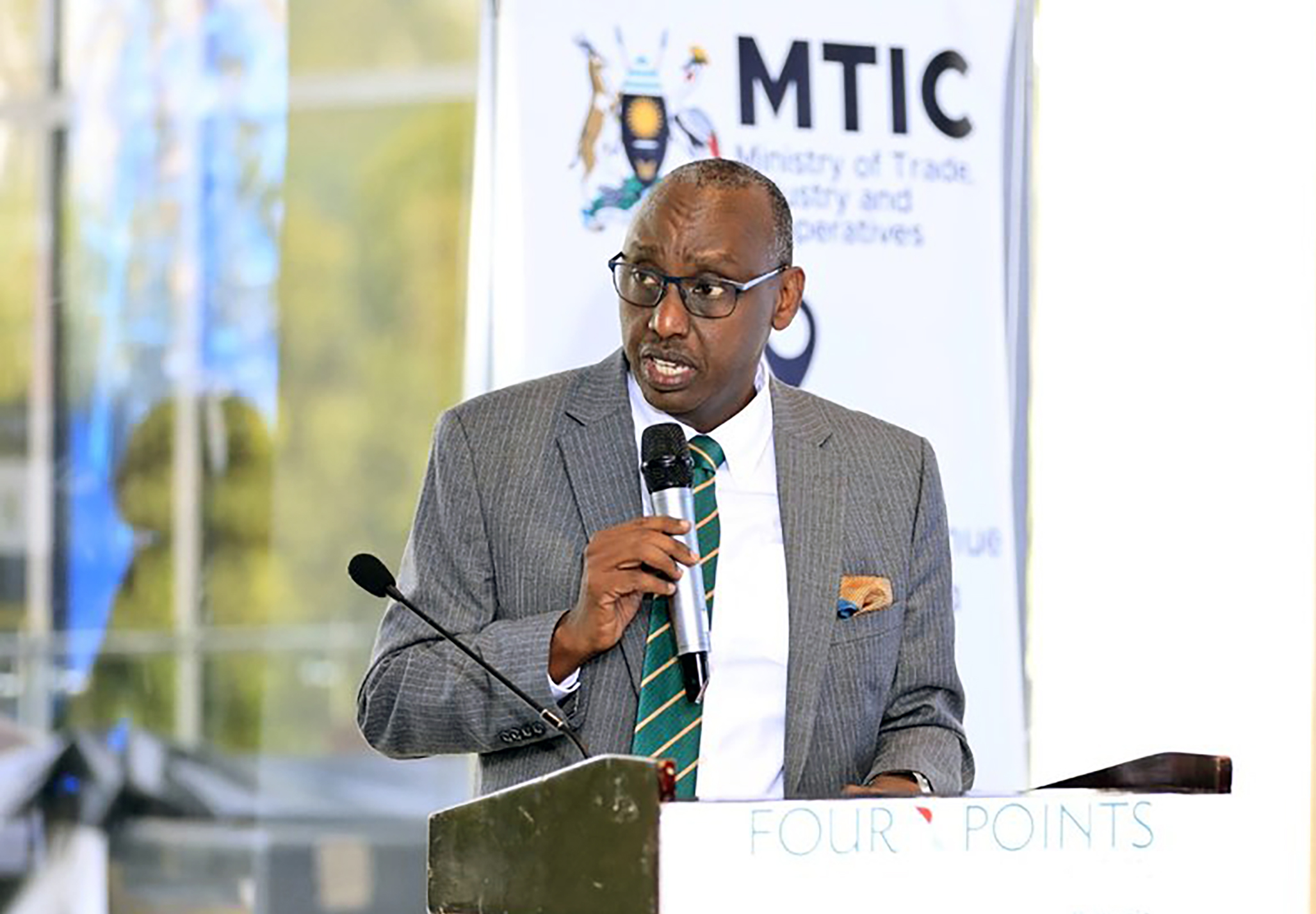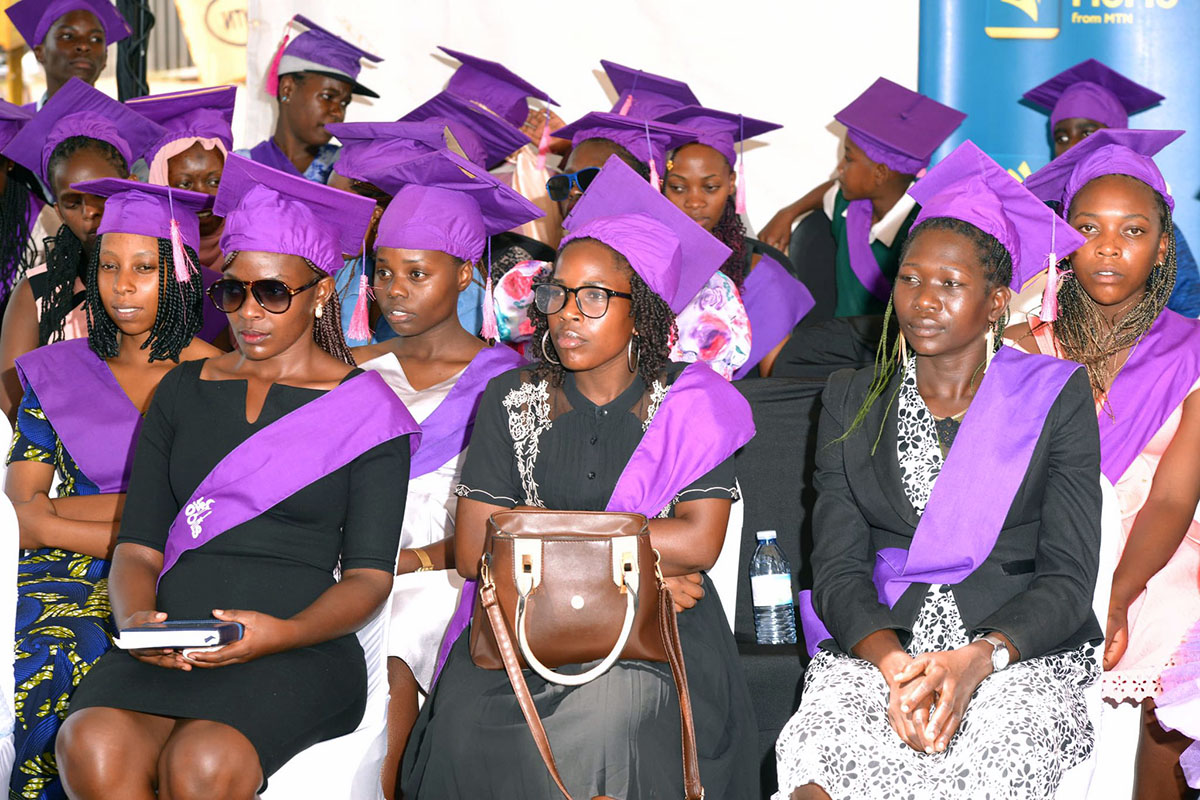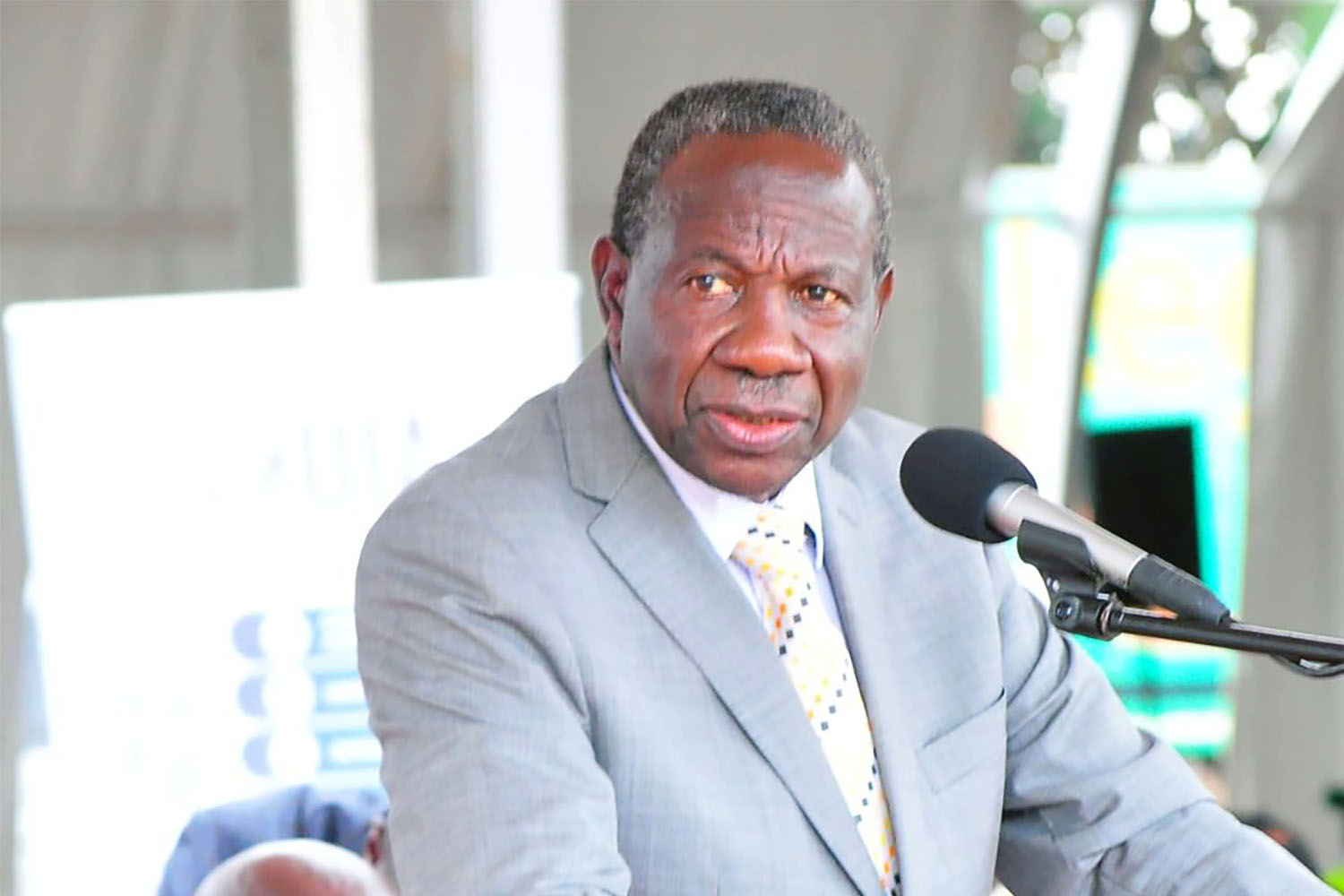UTB targets $50 bn tourism revenue by 2040

Tourists inside Queen Elisabeth National Park. UTB hopes to triple the revenue from tourism in the next 15 years. FILE PHOTO
The Uganda Tourism Board (UTB), in collaboration with the Ministry of Tourism, Wildlife and Antiquities, has launched an ambitious five-year National Destination Marketing Strategy (NDMS) aimed at transforming Uganda into a globally competitive and sustainable tourism destination.
The strategy, unveiled this week in Kampala, seeks to boost the tourism sector’s contribution to the economy from the current $2 billion to $50 billion by 2040.
“This bold five-year strategy is our blueprint to elevate Uganda’s global tourism appeal and position the country as a premium destination,” said Basil Ajer, the Director of the Tourism ministry. “It’s a deliberate move to unlock $50 billion in tourism revenues by 2040 through strategic marketing, product development, and partnerships.”
- The plan aligns with Uganda’s broader Vision 2040, which aims to grow the country’s economy to $500 billion, with tourism contributing 10% to the national GDP.
Currently, tourism contributes 5.5% to GDP, equivalent to about UGX 7.6 trillion, and supports over 750,000 jobs, 58% of which are held by women and 77% by youth.
At the core of the NDMS is a strategic pivot toward attracting high-value visitors travellers who spend more, stay longer, and engage deeply with Uganda’s unique offerings. These include eco-tourism, cultural tourism, adventure travel, and wellness tourism.
- “The new strategy identifies priority markets such as North America, Europe, and Asia, and provides tailored approaches for each,” Ajer explained.
 Bradford Ochieng, the Acting CEO of the Uganda Tourism Board, speaks at the event.
Bradford Ochieng, the Acting CEO of the Uganda Tourism Board, speaks at the event. “It also places strong emphasis on digital marketing, destination branding, and product diversification to meet the demands of post-COVID travelers who are more conscious about sustainability and authenticity.”
Uganda is globally renowned for its biodiversity and unique attractions, including the world’s largest population of mountain gorillas (53.9%), over 1,060 bird species, the source of the River Nile, and 10 national parks that showcase the Big Five and dramatic landscapes from Rwenzori Mountains to Kidepo Valley.
In 2023, Uganda received over 1.5 million tourist arrivals, generating more than $1.2 billion in foreign exchange earnings. The new strategy aims to double annual visitor numbers and significantly increase per capita tourist spending by 2030.
Bradford Ochieng, Acting CEO of the Uganda Tourism Board, emphasized that collaboration is central to the strategy’s success.
- “We’re building a tourism economy that is inclusive, innovative, and resilient,” he said. “This strategy is about more than numbers it’s about unlocking the full potential of tourism to drive sustainable development and empower communities. By working with both public and private stakeholders, we can reimagine Uganda as a year-round destination rooted in culture, nature, and authentic African experiences.”
- The strategy also outlines plans to enhance tourism infrastructure such as roads, airstrips, and accommodation facilities. It also commits to supporting local tour operators and SMEs through capacity building, access to finance, and digital tools to improve service delivery.
Doreen Katusiime, the Permanent Secretary at the Ministry of Tourism, Wildlife and Antiquities, said the strategy is designed to be inclusive, with a strong focus on youth engagement and entrepreneurship.
“This is not just a government program—it’s a platform for the next generation of tourism growth,” she said. “We’re looking at tourism as a vehicle for youth empowerment and job creation. This strategy will encourage innovation, enterprise, and local ownership across the tourism value chain.”
The NDMS will run from 2025 to 2030, forming the first phase of Uganda’s long-term tourism transformation agenda. Its implementation will be supported by government investments, donor funding, and strategic partnerships with international tourism bodies.







